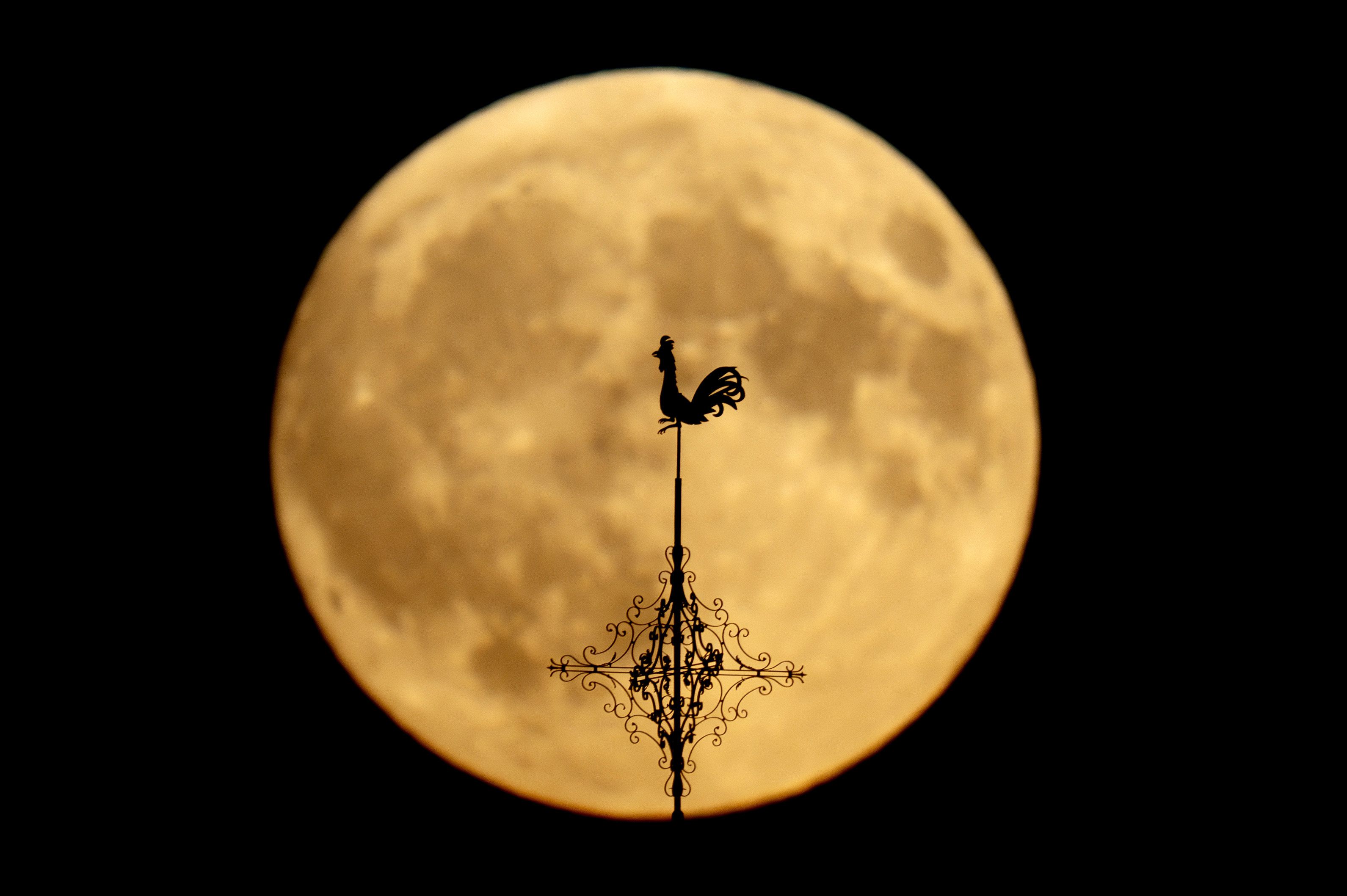Skywatchers, get ready! This week, we’re in for a real treat as the year’s largest supermoon, known as the Hunter’s Moon, lights up the night sky.
It’s the third of four consecutive supermoons and is set to be the star of the show—literally—since it will be the closest full moon to Earth in 2024, appearing bigger and brighter than all the rest. This spectacular event peaks on October 17, coinciding with its closest approach to our planet this year.
If you miss this one, don’t fret—the final supermoon of the series will be on November 15.
When’s the Next Supermoon?
Mark your calendars for Thursday, October 17! You can catch moonrise at 6:13 p.m. ET and set at 12:23 a.m. If you’re on the West Coast, expect the moon to rise at 6:25 p.m. PDT, setting around 12:27 a.m. For early risers, the moon will be at its fullest at 4:26 a.m. local time.

Where to See the Supermoon?
Weather plays a huge role in your viewing experience this October. If conditions align, much of the Midwest and Southeast can expect clear skies on Thursday night, perfect for taking in the full moon’s beauty.
Check out the map below from the National Weather Service for cloud cover predictions on October 17.

Tips for Enjoying the October Supermoon
You don’t need any fancy equipment to enjoy the supermoon if the skies are clear! For the best experience, consider heading to a spot away from city lights. Interestingly, the supermoon looks larger during moonrise or moonset when it’s near the horizon, especially when framed by trees or buildings. Experts aren’t exactly sure why we perceive it this way, but it definitely adds to the magic.
What Is a Supermoon?
A “supermoon” occurs when the moon is at its closest point to Earth (perigee) in its elliptical orbit, making it appear slightly larger in the sky. The Hunter’s Moon will be around 220,055 miles away, significantly closer than the average distance of about 240,000 miles.
During a supermoon, expect it to be up to 30% brighter and 14% larger than its farthest point (apogee). Its brightness and size can be compared to a nickel and a quarter—the supermoon is the quarter.
Why Is It Called the Hunter’s Moon?
The Hunter’s Moon follows September’s Harvest Moon and has been known by various names such as the Corn Ripe Moon. The name originates from the Algonquin Native Americans, signifying the time to prepare for winter by stocking up on food.
Other Celestial Treats This Week
As if the Hunter’s Moon isn’t enough, don’t miss Comet C/2023 A3 (Tsuchinshan-ATLAS), dubbed the “comet of the century.” It’s best viewed until October 16, ideally with binoculars just after sunset. Additionally, on Monday evening, the moon will align with Saturn, visible in the constellation of Aquarius. You may need binoculars to catch a glimpse of Saturn’s rings, but the planet itself should be clear to see!
